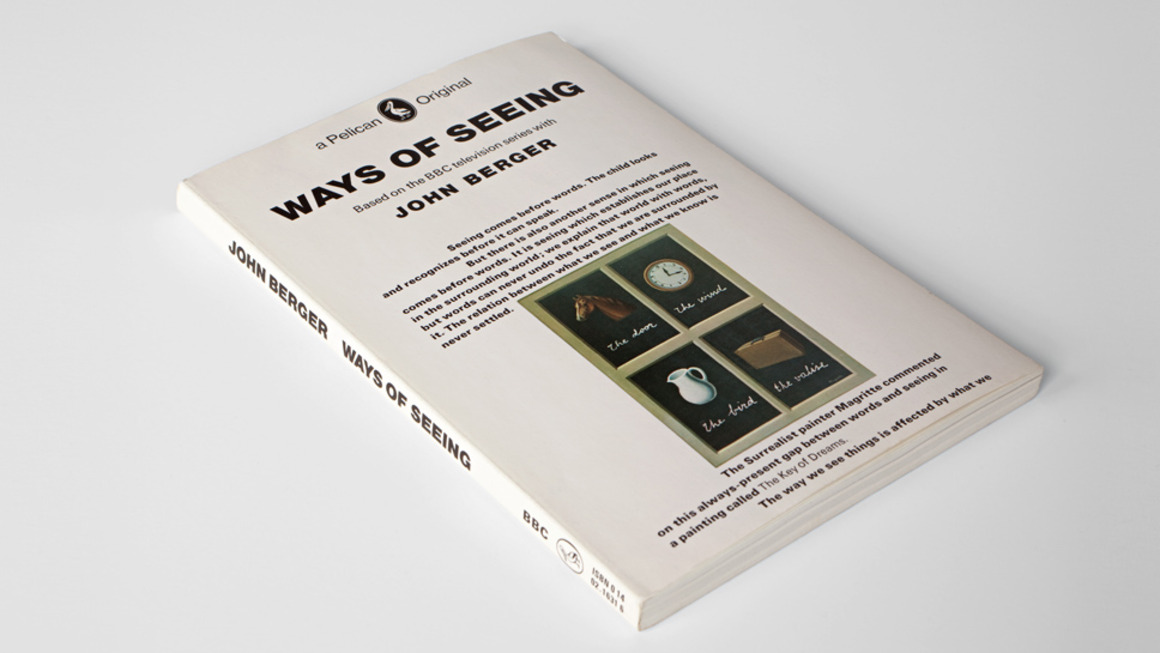John Berger’s seminal work, “Ways of Seeing”, is a groundbreaking text that revolutionized the understanding of art and visual culture. Originally published in 1972, this book remains influential in art criticism, media studies, and cultural theory. Berger, an art critic, novelist, painter, and poet, challenges traditional perceptions of art and encourages readers to critically analyze how images influence our understanding of the world.
The Structure and Purpose of Ways of Seeing
Television Series and Book Format
“Ways of Seeing” originated as a four-part BBC television series before being adapted into a book. This multimedia approach allowed Berger to reach a wide audience, using the visual medium to illustrate his arguments effectively. The book comprises seven essays: four written essays and three pictorial essays without text, emphasizing the power of images to convey meaning independently of words.
Core Themes and Objectives
The core objective of "Ways of Seeing" is to deconstruct the traditional Western approaches to art and to expose the underlying ideologies and power structures. Berger invites readers to question the assumptions about art, particularly those related to gender, class, and consumerism. The book examines how our ways of seeing are influenced by cultural and historical contexts, and how art can perpetuate social inequalities.
Critical Essays and Key Concepts
The Influence of Reproduction
One of Berger’s central arguments is that the reproduction of art changes the way we perceive it. In the era of mechanical reproduction, artworks are detached from their original context, leading to multiple interpretations. This concept challenges Walter Benjamin’s idea of the "aura" of original artworks, suggesting that the meaning of art evolves as it is reproduced and disseminated in different forms.
The Male Gaze
Berger explores the concept of the male gaze, which highlights how traditional European art often depicts women from a male perspective. This gaze objectifies women and reinforces patriarchal values. By analyzing paintings and advertisements, Berger demonstrates how women are portrayed as passive objects of male desire, rather than active subjects.
Publicity and Consumer Culture
Another significant theme in "Ways of Seeing" is the role of publicity in modern consumer culture. Berger argues that advertisements use images to create envy and desire, manipulating viewers into aspiring for a lifestyle associated with the advertised products. This process perpetuates a cycle of consumption and dissatisfaction, as individuals continually seek to attain the idealized images presented to them.
Impact and Legacy of "Ways of Seeing"
Influence on Art Criticism and Education
“Ways of Seeing” has had a profound impact on the fields of art criticism and education. The book is widely used in academic curricula to teach students critical thinking and visual literacy. Berger’s accessible writing style and provocative ideas have inspired generations of scholars, artists, and critics to reconsider the role of art in society.
Cultural and Political Relevance
The relevance of "Ways of Seeing book" extends beyond art criticism into broader cultural and political debates. Berger’s analysis of visual culture encourages a deeper understanding of how images shape our perceptions of reality and influence social dynamics. His critique of the male gaze and consumer culture remains pertinent in contemporary discussions about gender equality and media representation.
Conclusion: The Enduring Importance of "Ways of Seeing"
John Berger’s "Ways of Seeing" continues to be a crucial text for anyone interested in art, culture, and media studies. Its insights into the power of images and the ideological functions of art provide valuable tools for critical analysis. By challenging readers to see beyond the surface, Berger empowers us to recognize and question the deeper meanings embedded in visual culture.





Comments